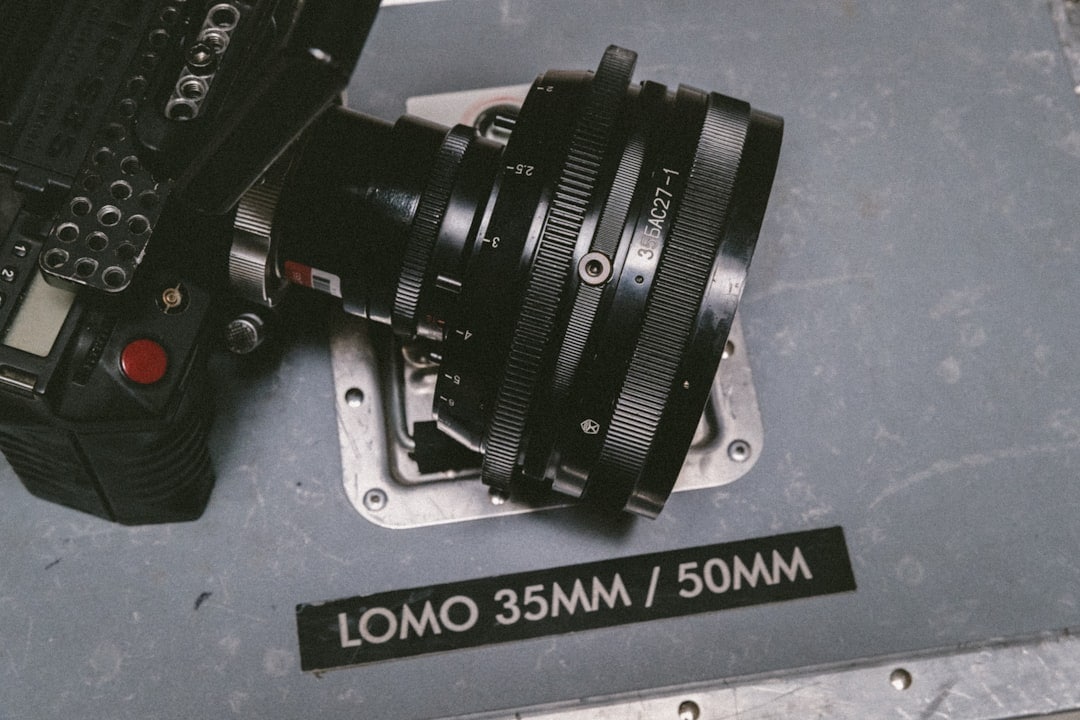In the age of smartphones and digital galleries, there’s still something uniquely satisfying about holding a physical photograph in your hands. Whether you’re a hobbyist, a professional photographer, or someone looking to preserve personal memories, the quality of your photo prints heavily relies on having the right tools and materials. Creating the perfect print isn’t just about capturing a high-resolution image; it starts with the very supplies that support the transformation from digital pixel to tangible art.
This guide takes a comprehensive look at the essential photo print supplies you’ll need to ensure every print you produce is crisp, vibrant, and built to last. From paper types to calibration tools, every component matters in the process.
The Core of Quality: Choosing the Right Photo Paper
The type of photo paper you use dramatically affects how your image looks and feels. Photo paper is not one-size-fits-all. The finish, weight, and coating determine color depth, detail, and durability.
- Glossy Paper: Known for its bright finish and deep contrast, glossy paper makes colors pop. It’s ideal for high-impact color photography, especially nature shots and portraits.
- Matte Paper: Offers a soft, elegant look with no reflection. It’s perfect for artistic or black-and-white images and offers better readability for text overlays.
- Luster or Satin Finish: A middle ground between glossy and matte, providing vivid color without the glare.
- Metallic and Fine Art Paper: These are specialty options used for high-end art prints. They offer unique textures and long-lasting quality.
Don’t overlook the weight and thickness of the paper. Heavier papers (typically 250gsm and up) offer a more professional feel and are less prone to warping.

The Backbone of Any Print Studio: Printers
The printer you choose sets the tone for your overall output quality. Not all printers are the same, and some are specially designed for handling photo printing with precision and range. Most high-quality photo printers rely on inkjet technology.
When selecting a printer, look for features like:
- High DPI (dots per inch): The more dots, the better your image reproduction will be.
- Ink system varieties: Printers with a greater number of inks (like 6 or 9 cartridges) can produce a wider color gamut.
- Pigment vs Dye Inks: Pigment inks offer longevity and sharpness, while dye inks are known for their vibrant hues.
Popular models include the Epson SureColor series, Canon PIXMA Pro line, and HP ENVY Photo printers, each offering niche capabilities for photographers of varying expertise levels.
Don’t Skimp on Ink Supplies
Using the right ink is crucial for color accuracy and longevity. You may be tempted by third-party cartridges due to cost, but these often lead to compromised quality and even printer damage. Stick with manufacturer-recommended cartridges for optimal results.
There are two main types of ink used in photo printing:
- Dye-based ink: Typically offers a more vivid color palette but tends to fade faster, especially when exposed to light.
- Pigment-based ink: Offers superior longevity, water resistance, and better archival quality.
Also, monitor your ink levels regularly and store spare cartridges properly—keeping them sealed and in a cool, dry environment ensures consistent performance.
Color Management: Calibration Tools You Can’t Ignore
If you’ve ever been frustrated that a printed photo looks different than it did on your screen, you’re not alone. That’s where color calibration comes into play. To ensure that what you see on your monitor translates accurately to paper, your display must be properly calibrated.
Tools like the X-Rite i1Display Pro or the Datacolor SpyderX help you adjust your monitor’s color profile so that you are editing with true-to-life hues.
You should also install ICC profiles specific to your printer and paper combination. These profiles guide your software and printer to produce consistent and accurate colors across different prints.
Finishing Touches: Laminators, Cutters, and Framing Supplies
Once your photo is printed, post-processing supplies help elevate the final presentation. Here’s what you may need:
- Laminators: A laminating machine adds a protective layer to your prints. This is especially useful for signage or functional photo displays exposed to elements.
- Paper Cutters and Trimmers: Ensure clean edges and precision, especially when producing borderless prints or resizing your work.
- Mounting Boards and Mats: For photographers planning to frame or exhibit, acid-free backing boards and mats provide professional-level presentation and preservation.
- Photo Sleeves and Storage Boxes: Archival-quality storage solutions protect your prints from dust, humidity, and UV rays.

Cleaning and Maintenance Supplies
A well-maintained workspace and equipment ensure consistent results. Dust, oil, and grime can ruin a perfectly good print. Include the following in your photo supply arsenal:
- Lint-free microfiber cloths: Great for cleaning photo paper before printing and wiping down printers and monitors.
- Air blowers and cleaning kits: Help remove microscopic dust from printer nozzles and cameras.
- Print head cleaning solutions: Extend the lifespan of your printer and prevent ink clogging issues.
Set a regular schedule to inspect and clean your printing equipment. Prevention is always more cost-effective than repair or replacement.
Software and Editing Tools
Though technically not a physical supply, software plays a vital role in print quality. Before sending an image to print, you’ll likely need to crop, adjust color, or tweak resolution. Here are some essential tools:
- Adobe Photoshop and Lightroom: Industry standards for photo editing and layout.
- Capture One: Favored by professionals for its color-grading features.
- Print Studio Pro or Qimage: Offers better control over layout and paper size compatibility.
Always export images in the appropriate file format and resolution. For the sharpest details, a resolution of 300 DPI is generally recommended for photo prints.
Conclusion: The Art of the Perfect Print
Producing gallery-worthy photo prints is equal parts science and art. With the right photo print supplies, you empower yourself to take creative visions from the digital realm into the physical world. Every choice you make—from paper to ink, from resolution to framing—plays a role in shaping the story your image tells.
Whether you’re printing at home or prepping for a client deliverable, investing in quality tools pays off in results that impress, last, and do justice to your photography.
So before you click “print,” take a moment to ensure you have the best supplies at your disposal. Because when it comes to photography, your final print is your lasting signature.

